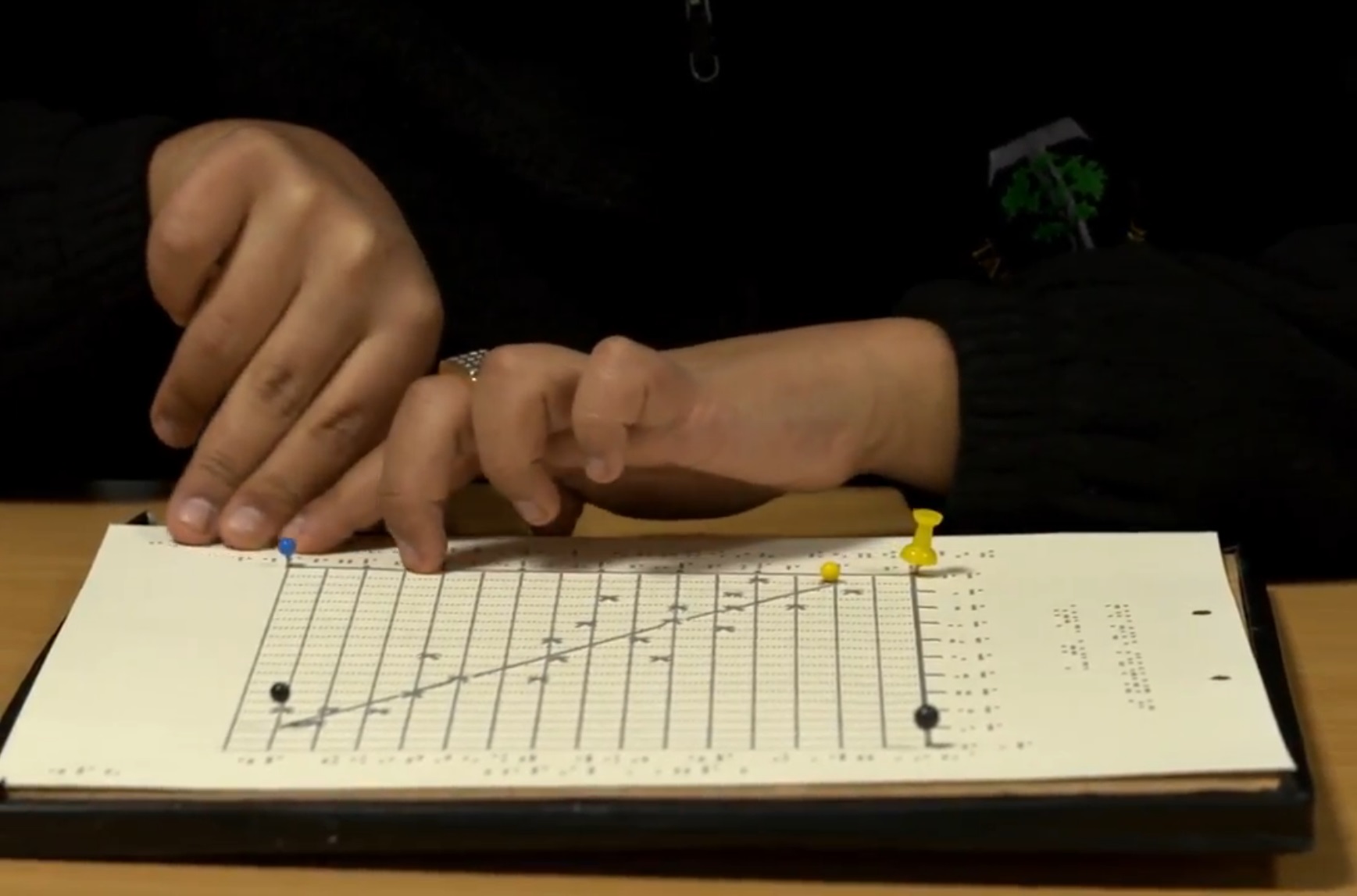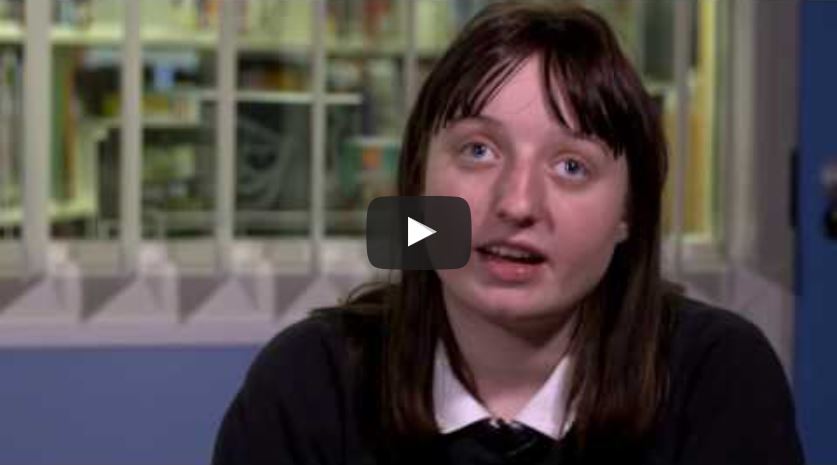- Access arrangements need to be backed up by documented suitable evidence.
- The arrangements will be determined by the individual's needs, not his/her medical condition.
The cases and arrangements described are indicative and designed to show the way evidence is compiled and the rationale in considering access arrangements.
Any candidate with a disability is entitled to have his/her needs addressed on an individual basis.
The first case in this activity relates to a student who is sight impaired with progressive vision loss.
Background
Student F is registered as being sight impaired and has been known to the Sensory Support Service from the age of two. He has a diagnosis of Stargardt's Disease - a form of juvenile macular degeneration which causes progressive vision loss. This condition is characterised by loss of central vision, blurred vision for both near and distance, decreased colour vision and blind spots. There are also difficulties with light/dark adaptation. Student F He struggles to read small print or distinguish small detail and has very reduced colour vision. His distance vision is also significantly reduced at 6/60.
Day to day support
Student F requires curriculum resources to be adapted so that he can access them independently in the classroom. He requires print in a minimum of font size 16 and all unnecessary visual distraction removed.
Student F uses a combination of human support and extra time to complete tasks because his speed of visual processing is considerably reduced, as is his ability to quickly scan pages, lines of text and pictures for detail. He cannot read print which is over a coloured background. He uses a laptop to access some curriculum resources but has no experience of electronic exam papers.
Student F has been supported throughout KS3 with the following:
- Modified curriculum materials in large print
- Electronic files of curriculum resources
- Consistent TA support to provide access to visual information
- Regular QTVI support (one visit per week)
- Pre and post tutoring to reinforce learning
- iPad for accessing visual information
- Laptop for recording work
- A human reader for extended reading tasks
- Human support with drawing tasks
- Modified exam papers
- 20% extra additional time allowance for internal exams/assessments
The access arrangements should be determined by the candidate's needs and normal ways of working, such that the assessment is not compromised.
Which of the following arrangements would be relevant to student F?
Select all of the arrangements that could be considered.
After you have had a go at the activity above, select the 'expert opinion' button to see details of the rationale in considering the access arrangements.
The feedback will appear after the reveal button.
In this video extract, an exam officer talks about a range of access arrangements available.
Select this link for a transcript of the video clip.

Background
Yanko is a year 11 student preparing for exams.
He is a braille user.
In this video extract, Yanko talks about the access arrangements that are in place for him.
Select this link for a transcript of the video clip.

Background
Jerry is a year 11 student preparing for exams.
She is a large print and technology user.
In this video extract, Jerry talks about her normal ways of working.
Select this link for a transcript of the video clip.
